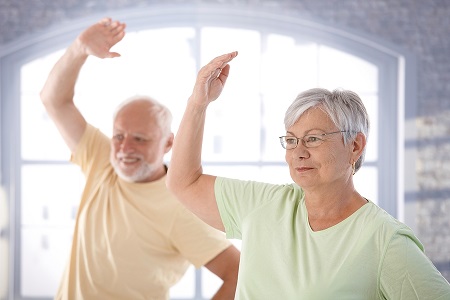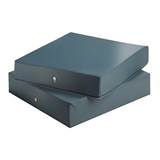However Phil Usher, founder of Tall Trees Care Communities says that old age doesn't necessarily mean that a person's posture has to suffer.
According to Usher, an elderly person can take plenty of steps to prevent poor posture.
The main documented causes of poor posture are a sedentary lifestyle, weakened muscles in crucial areas around the spine and bone density loss due to osteoporosis. Preventive measures include exercise, diet, supplements and medical care.
Exercise
Poor posture is caused by weakened muscles and bones. When bones become weakened to a point of pathology, it is called "osteoporosis". Bones weakened by osteoporosis, combined with chronic poor posture or weakened muscles, can cause a "dowager's hump" in which spinal vertebrae fuse together into a hump between the shoulder blades.
Weight bearing exercises, such as weight-lifting, bicycling, walking and stair-climbing help strengthen the bones, thanks to a concept known as "Wolff's Law". According to Wolff's Law, bones will evolve in shape and density according to the demands placed upon them. When an ageing person lives a sedentary lifestyle, it can cause the bones to lose density due to a lack of demand placed upon them.
The other component of exercise is that it can both stretch and build muscles. Similar to Wolff's Law but pertinent to soft tissue, Davis' Law says that muscles become stronger or weaker based on demand. In other words, "use it or lose it".
In particular, the muscles around the spine should be both strong and flexible to ensure that posture is good. Weight-lifting, yoga and Pilates are all great for building and stretching muscles. Pilates concentrates more on the "core muscles," while yoga is a whole-body system of health. Personal trainers and doctors can recommend weight-lifting exercises to isolate particular muscle groups.
Diet and supplements
A diet rich in whole foods such as lean meat, fruits and vegetables often supplies the nutrients one needs to maintain bone density into old age, but supplements can be helpful. In particular, vitamin D and calcium are important to maintain bone density.
Medical care
It is important to receive medical advice on a regular basis to maintain bone and muscle as a person ages. A doctor can run tests to tell you exactly what you need to maintain bone density and muscle health. The doctor can monitor your diet and recommend medicine if necessary.



